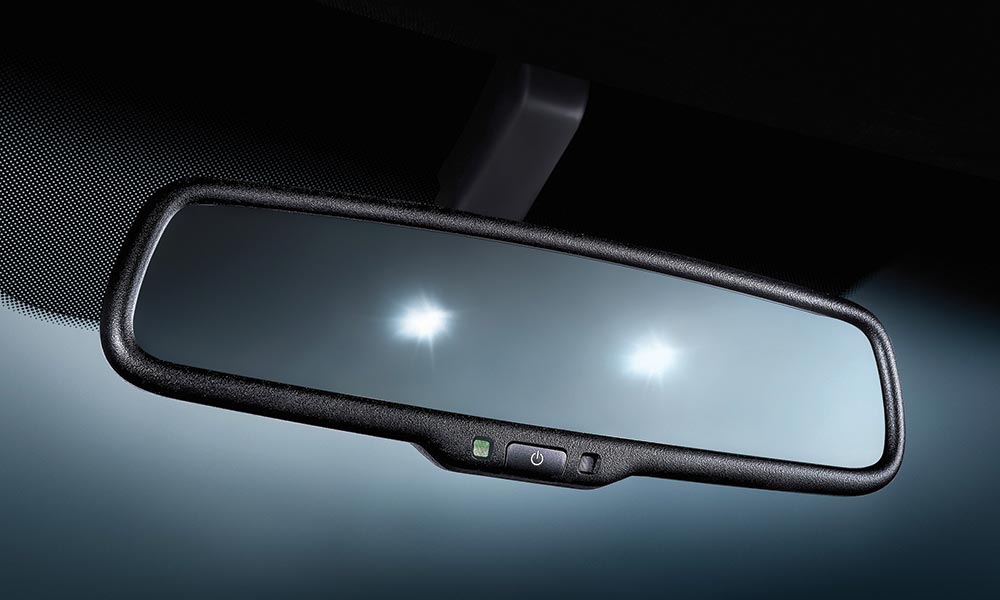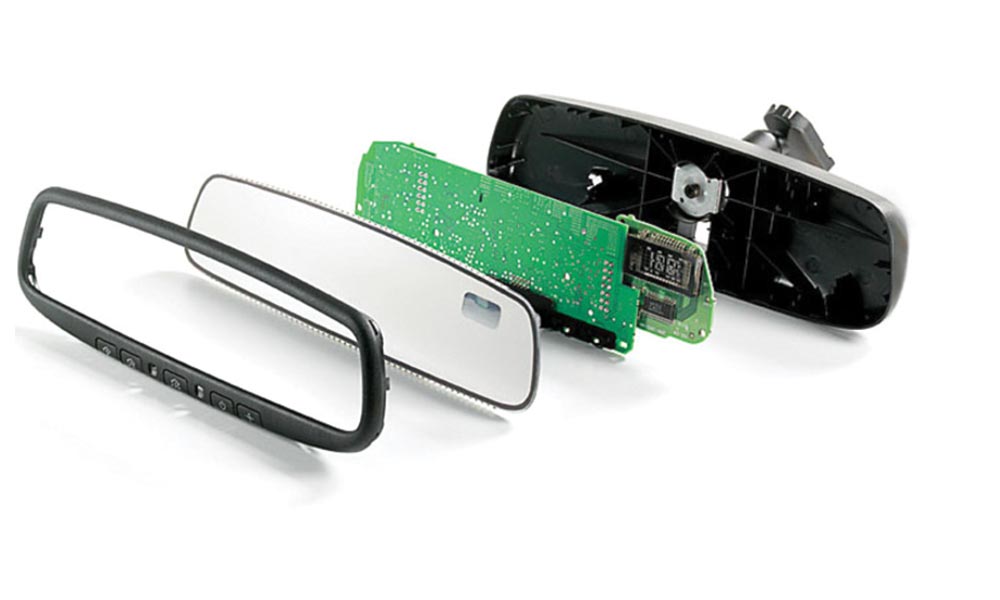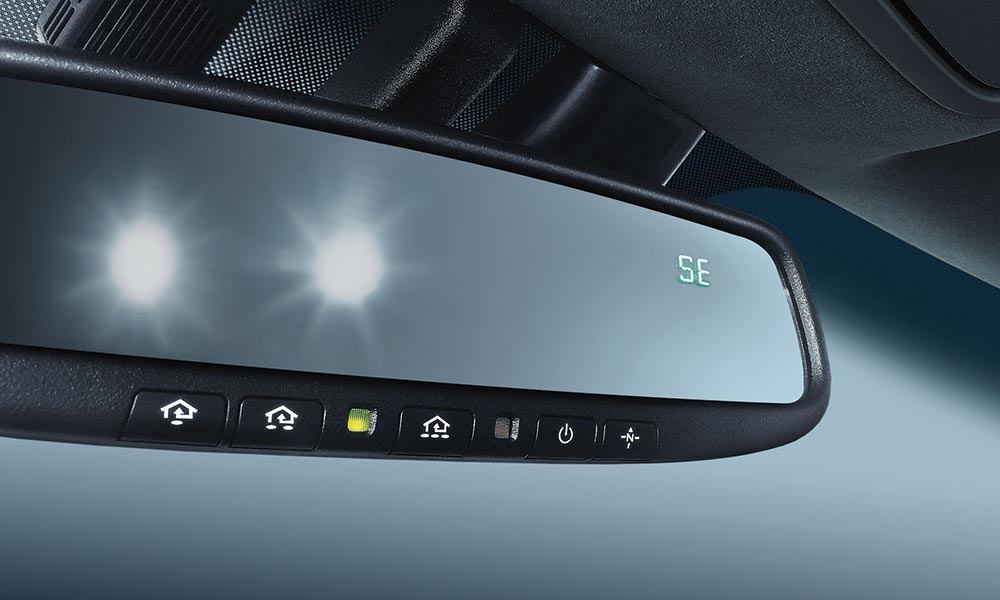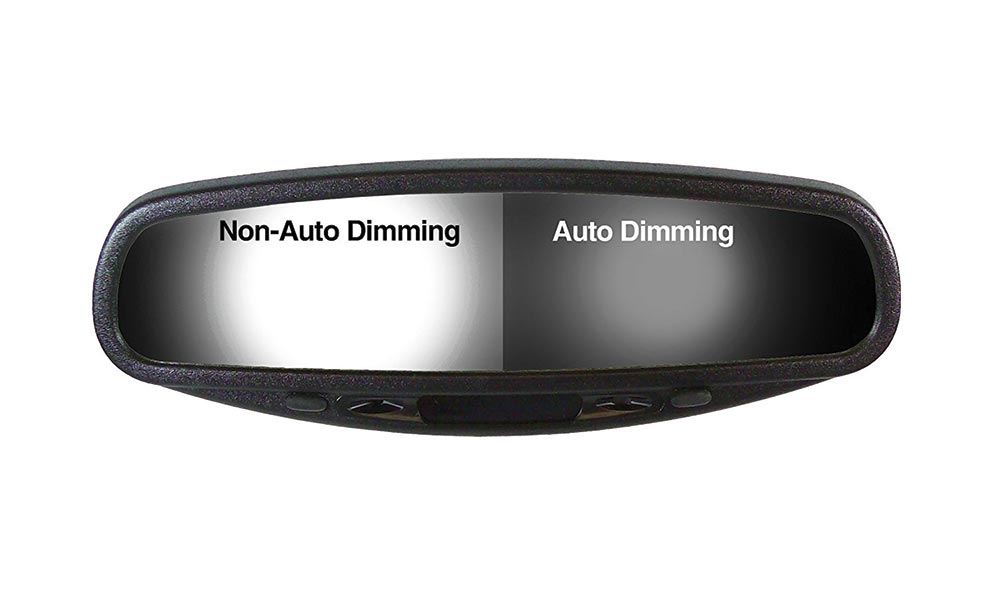Fancy cars often have auto-dimming rearview mirrors these days that automatically reduce headlight glare when driving at night. Ever wondered how these work? Turns out, they’re quite complex.
According to legend, NASA spent a fortune during the early days of the space race to create a pen that could operate normally in the zero-gravity of space. The Russians, meanwhile, simply used a pencil. This story, sadly, is apocryphal: while there is undoubtedly wisdom to be gleaned from the story’s message of simplicity and frugality, the tale itself is pure fiction. NASA’s rocket scientists didn’t overlook the existence of the pencil. In fact, early NASA astronauts did use pencils, but these were eventually deemed too unsafe. They flaked and broke (creating floating debris), and were flammable. So, NASA opted for a pen; a pen that already existed and didn’t need R&D funding.
Now, like the space pen, an auto-dimming rearview mirror can seem like an answer to a question that no one bothered to ask. After all, a cheaper and arguably more elegant solution already existed. Even the cheapest rearview mirror on the market can simply be flipped up to reduce glare. But, like the space pen, the auto-dimming mirror deserves more credit. The auto-dimming (or electrochromic mirror) is truly safer than a standard one.

Reducing glare
The problem with a standard rearview mirror, of course, is that, while it can reduce glare by being flipped up and providing a ‘reflection’ of what’s happening behind you, this has the effect of dimming everything substantially. So, while it’s great when you’re dealing with an inconsiderate driver who’s sitting right behind you with his brights on, it can make things hard to see when there’s an absence of light. An auto-dimming mirror doesn’t do this. Not only does this kind of mirror dim automatically when there’s a bright light behind you, it also dims in proportion to the light source it’s dealing with, meaning the dimming effect will be far less pronounced when there’s a relatively faint light in your mirror.
Another important benefit of an auto-dimming rearview mirror is that it prevents something called the Troxler effect. This is an optical illusion that removes unchanging stimulus from your field of vision when you fixate on a specific point. Because of this phenomenon, when you’re driving at night, the glare from bright lights is not only blinding while they are present, but it creates a blindspot in your vision even after the vehicle has turned off. According to Gentex, a company that manufactures auto-dimming rearview mirrors, the Troxler effect can reduce a driver’s reaction time by as much as 1.4 seconds. A car driving at 100km/h will travel 37.5m in that time.
How it works
So, how does an auto-dimming rearview mirror actually work? As the size and heft of one of these mirrors tells you, quite a lot is happening behind the reflective surface. The mirror itself darkens when a light source hits it, thanks to electrochromism (which is why auto-dimming mirrors are also called electrochromic mirrors). An electrochromic material changes colour when charged by an electrical current. Send voltage through it, and it darkens. Remove the voltage, and it lightens. This is largely a chemical reaction that is kicked off by adding electricity. With the electrochromic material added to an auto-dimming mirror, electric voltage changes the way in which it absorbs and reflects light.

An auto-dimming mirror usually has a set of cameras or sensors (photodiode-based photodetectors) that are light-sensitive semiconductors, which turn light into current. These sensors are attached to a microprocessor that can detect glare from headlights and send a charge through the electrochromic material to respond to this input. As mentioned, the system responds to the amount of light present. The more intense the glare, the more the mirror will darken. The mirror itself consists of two layers of glass with a layer of gel in between, which is where the electrochromic material resides. Add light (and consequently voltage), and the gel darkens. Take it away, and it lightens.
The rearview mirror/camera
The auto-dimming mirror is not the only innovation in this particular area of vehicle technology. The Nissan Smart Mirror and the Cadillac Rear Camera Mirror, for example, look and perform exactly like a standard mirror. However, when you have passengers in the back who are obstructing your view, or you simply want a more panoramic view of what’s behind you, you can press a button on the mirror that instantly turns it into a camera. Instead of seeing a reflection in the mirror, the entire unit turns into a screen that displays images from a camera at the back of the vehicle. Nissan’s Smart Mirror in particular has been designed to deal well with glare and low-light conditions, replacing the standard auto-dimming mirror.
Text: GG van Rooyen











